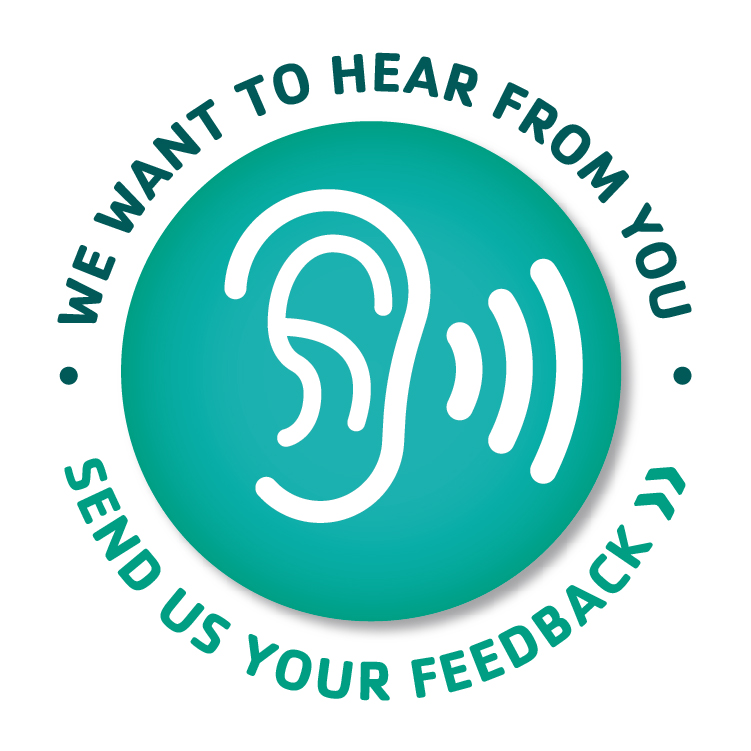“I’ll have a pumpkin spice latte, please.”
If you frequent coffee shops, you’ll probably hear this phrase more than a few times over the next several months. The infamous “PSL” is the most popular seasonal drink around, but do you know what is really in it?
According to How Stuff Works, your favorite caffeinated beverage could be loaded with calories. If you drink black coffee or coffee with low-fat milk only, you don’t need to worry much about calorie intake. But, if you regularly consume some of the “fancier” coffee beverages, you may want to take a closer look at the calorie count. Any beverages with whole milk, whipped cream or flavored syrups will add lot of calories. Here are some examples:
- A McDonald’s large mocha has 400 calories.
- The Venti White Chocolate Mocha at Starbucks contains 580 calories.
- A Dunkin’ Donuts frozen cappuccino with whole milk has a whopping 610 calories.
Serving Size Matters
Let’s take a closer look at our beloved pumpkin spice latte. First thing to decide on is the size of our drink. The size will affect calories, sugar and caffeine consumed. At Starbucks, did you know you can order a 8oz (called a ‘Short’), 12oz (called a ‘Tall’), 16oz (called a ‘Grande’), and a 20oz (called a ‘Venti’)?
Now, let’s compare Starbucks’ pumpkin spice latte to a regular flavored latte from your local coffee house. For this we will go straight to the source, Starbucks. For comparisons sake, we will choose the Short Pumpkin Spice Latte, which is 8oz, contains 210 calories, 27 grams of sugar and 75 mg of caffeine. This is in comparison to other flavored lattes that have an average of 134 calories and 63 mg of caffeine.
If you are concerned about calories or sugar content, you may want to treat those specialty drinks as an occasional indulgence. For your daily cup of joe, opt for skim milk and “just say no” to whipped cream and flavored sugary syrups.
Coffee Characteristics
Not all coffees are created equal. The caffeine content of coffee can vary depending on several characteristics. If you are drinking your favorite flavored beverage for the jolt of caffeine you may want to check out these factors:
- Type of coffee beans: There are many varieties of coffee beans available, which may naturally contain different amounts of caffeine.
- Roasting: Lighter roasts have more caffeine than darker roasts, although the darker roasts have a deeper flavor.
- Type of coffee: The caffeine content can vary significantly between regularly brewed coffee, espresso, instant coffee and decaf coffee.
- Serving size: “One cup of coffee” can range anywhere from 30–700 ml (1–24 oz), greatly affecting the total caffeine content.
Regardless of your choice when you step up to the counter to order, we most importantly want you to be aware of what you are consuming. And if all this talk about pumpkin spice lattes has created the urge to have one, check out this article from Health and learn how to create your very own PSL at home.
Want to learn more?
Check out How Many Calories Are In Coffee? and How Much Caffeine in a Cup of Coffee? A Detailed Guide from Healthline to see the breakdown of both caffeine and calorie content in your favorite flavored specialty coffee drinks.



